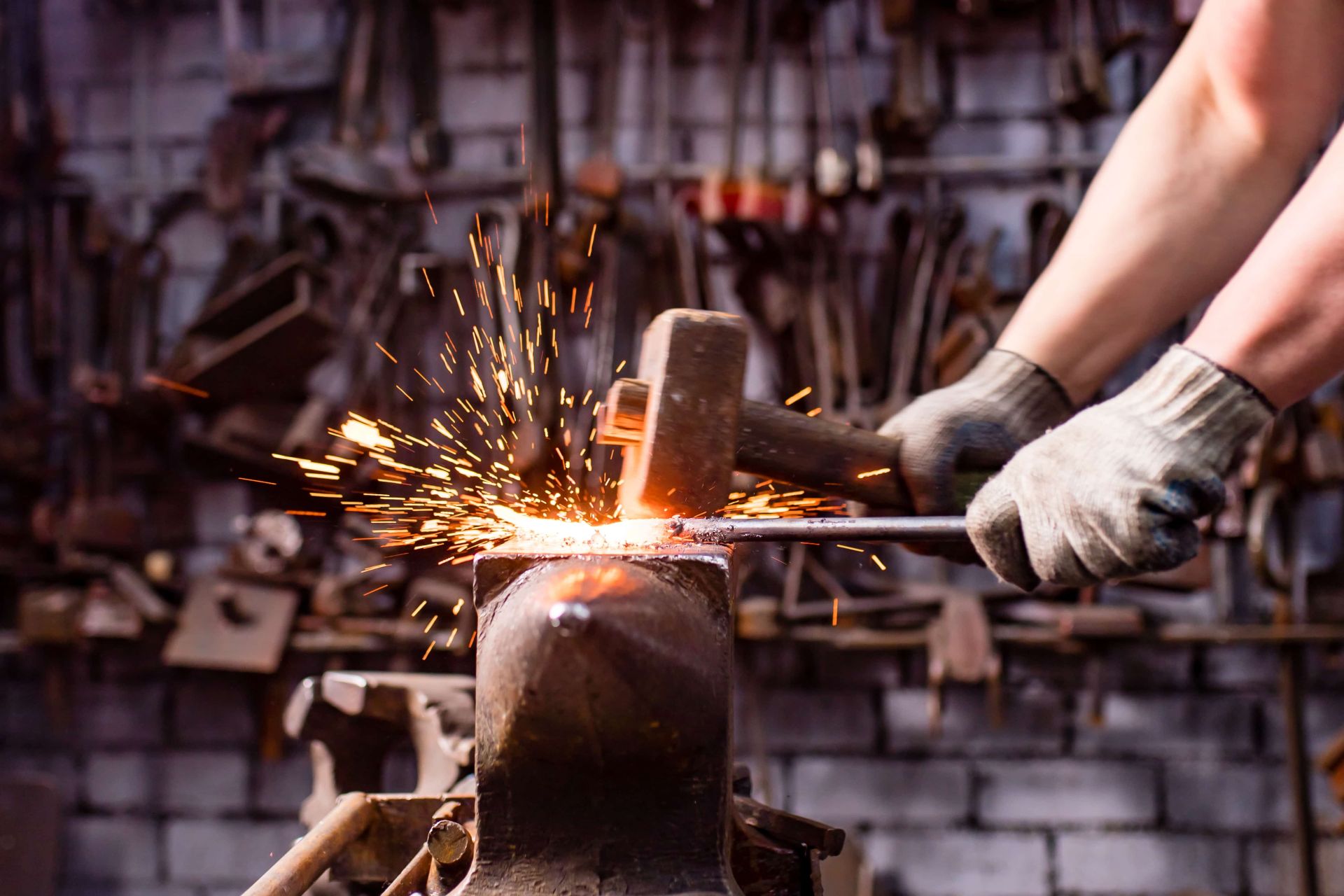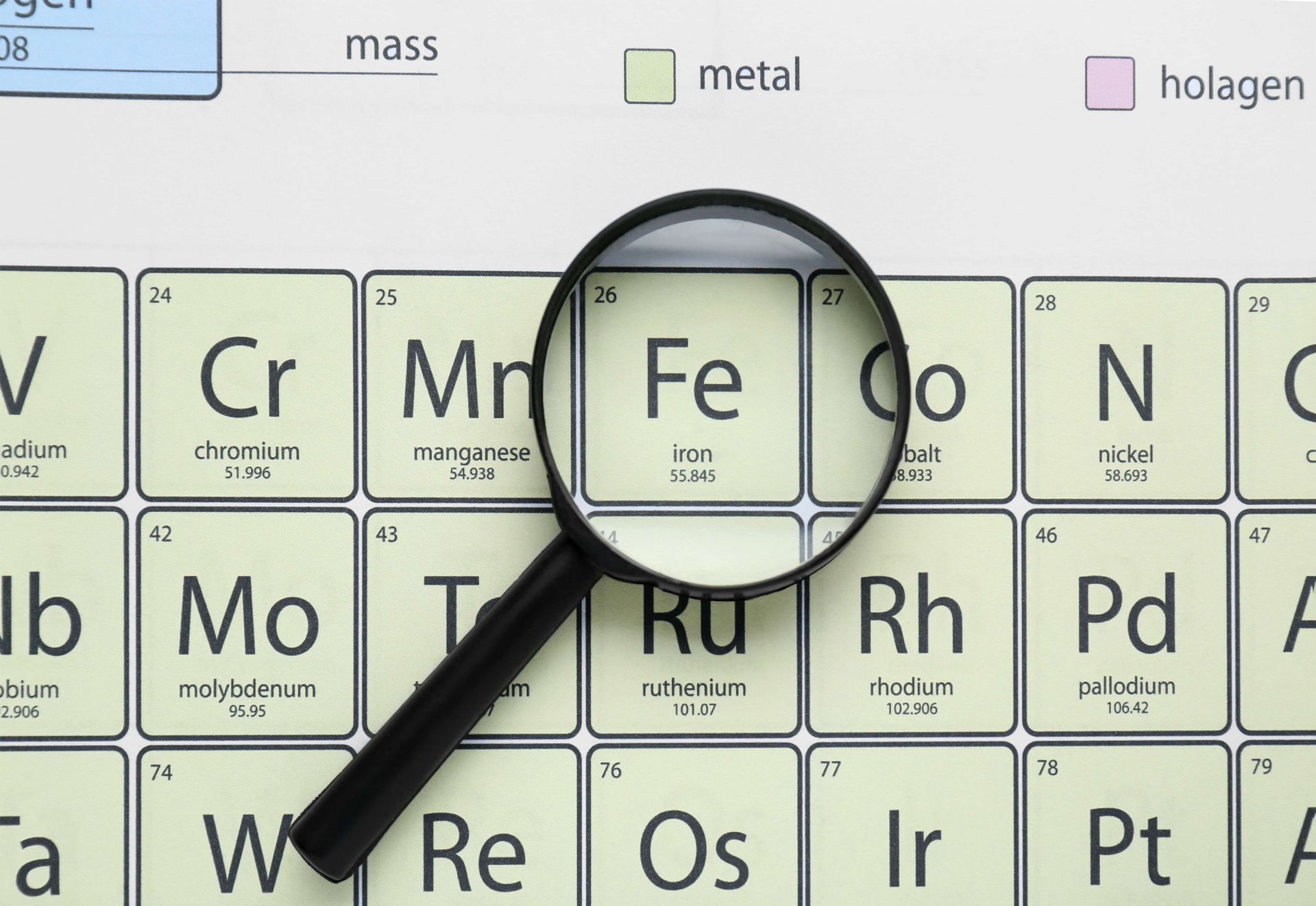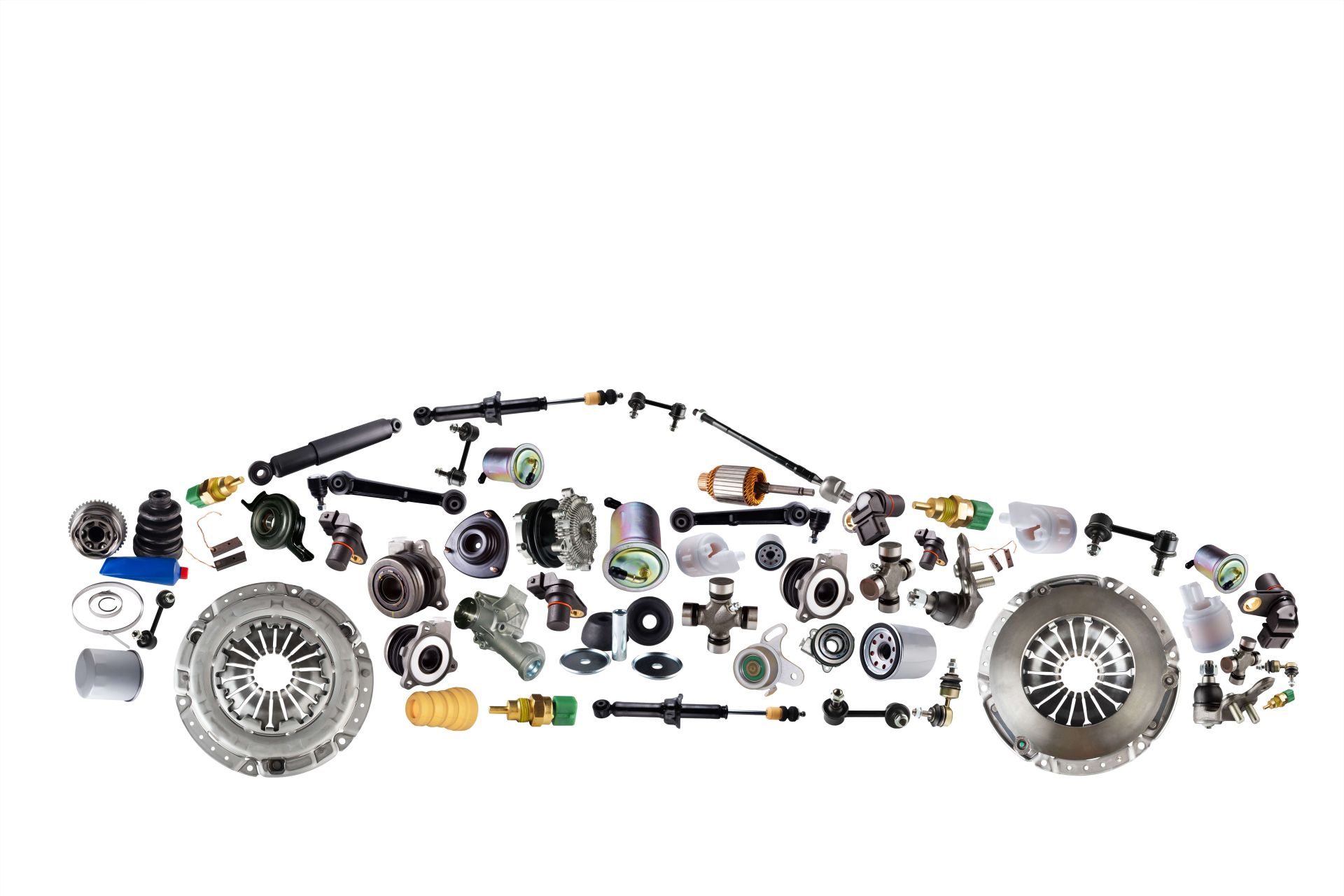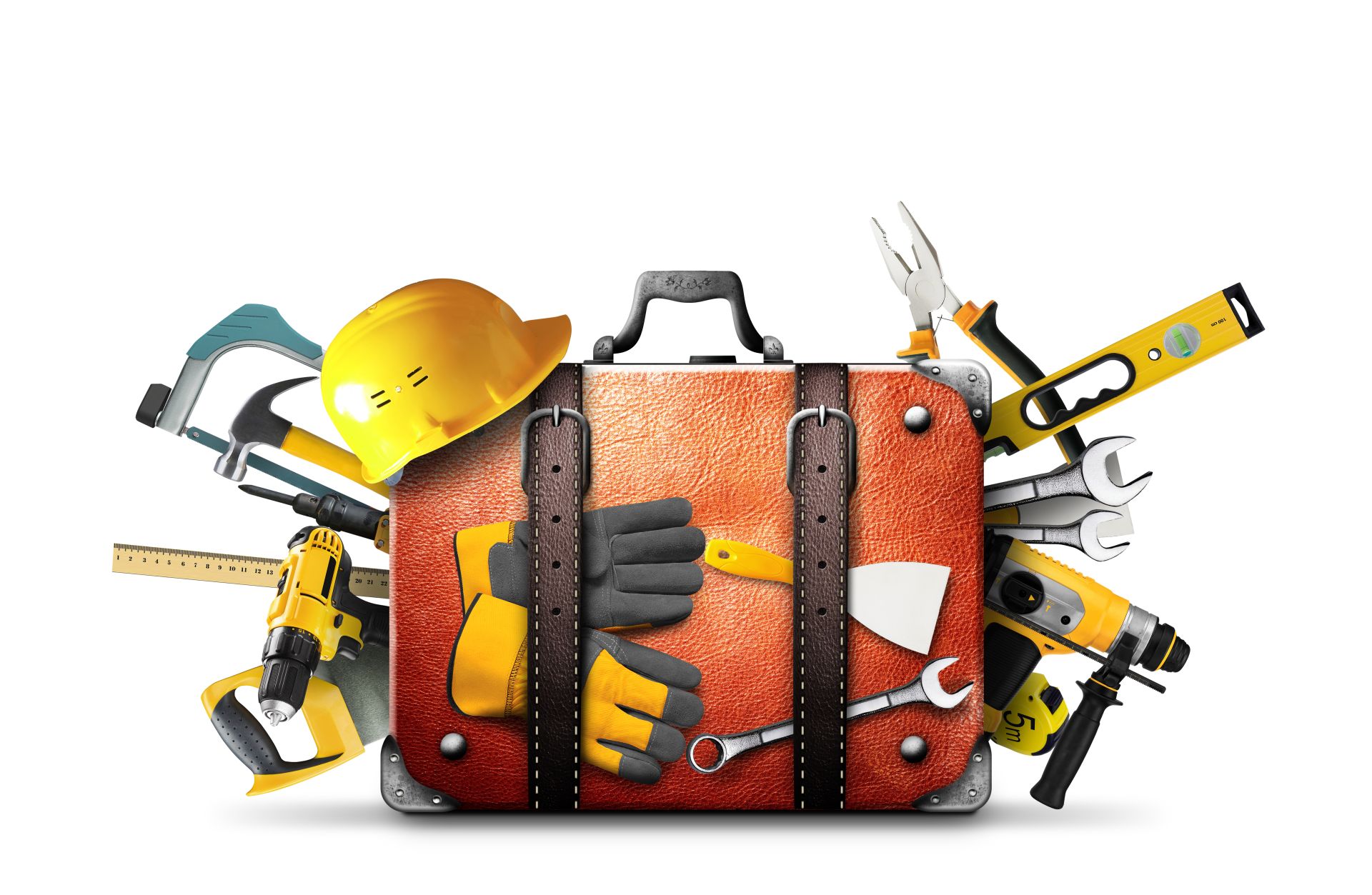Latest News
Introduction to Carbon Steel: Composition and Applications
Introduction to Carbon Steel
Definition and Composition of Carbon Steel
Iron (Fe): The primary component of carbon steel, making up the majority of its weight.
Carbon (C): Another main component. The amount of carbon determines the type and properties of the steel.
Other Elements: Besides iron and carbon, carbon steel may have small amounts of other alloying elements to adjust its properties. These can include:
Manganese (Mn): Increases strength and hardness.
Silicon (Si): Enhances strength and corrosion resistance.
Phosphorus (P) and Sulfur (S): Usually considered impurities but can improve machinability in small amounts.
Chromium (Cr), Molybdenum (Mo), Cobalt (Co): Used to make alloy steel, improving specific properties like corrosion resistance and wear resistance.
Different types of carbon steel have varying compositions, which affect their hardness, strength, wear resistance, and other mechanical properties.
By Carbon Content: Low Carbon, Medium Carbon, High Carbon
Carbon tool steel is a type of tool steel made by adding different amounts of carbon. Based on the carbon content and other alloy elements, they can be classified into several main types:
Low Carbon Steel: Carbon content is usually between 0.05% and 0.30%. These steels have good machinability and weldability but relatively low strength. They are often used for making parts, bolts, nuts, etc.
Medium Carbon Steel: Carbon content is between 0.30% and 0.60%. These steels have higher strength and hardness than low carbon steels but are also more brittle. They are commonly used for making tools that require a certain hardness.
High Carbon Steel: Carbon content is above 0.60%. These steels are very hard and wear-resistant but also very brittle. They are widely used for making knives, dies, mechanical parts, and other high-strength tools.
Additionally, carbon tool steels can be further classified based on the addition of other alloy elements, such as:
Alloy Tool Steel: Besides carbon, other alloy elements like molybdenum, cobalt, and chromium are added to enhance specific properties, like corrosion resistance and wear resistance.
High-Speed Steel: This is a high carbon, high alloy tool steel, typically containing carbon, molybdenum, cobalt, and chromium. They have extremely high hardness and wear resistance, suitable for high-speed cutting and turning processes.
These classifications can be further refined and distinguished based on different standards and requirements.
Applications of Carbon Steel
Carbon steel is widely used in various industries due to its good machinability, weldability, and heat treatment capabilities. It is commonly used to make machinery parts, automotive parts, ship parts, engineering pipelines, tools, and more. Its wide range of types and performance characteristics make it important in engineering and manufacturing.
Uses and Advantages of High Carbon Steel
Carbon steel is widely used in various industries due to its good machinability, weldability, and heat treatment capabilities. It is commonly used to make machinery parts, automotive parts, ship parts, engineering pipelines, tools, and more. Its wide range of types and performance characteristics make it important in engineering and manufacturing.Uses and Advantages of High Carbon Steel
High carbon steel is ideal for many applications due to its high hardness and good wear resistance. Here are some main uses:
Tool Making: High carbon steel is great for making tools like blades, saws, and cutting tools. Its hardness and wear resistance help these tools stay sharp and last longer.
Spring Manufacturing: High carbon steel is used to make springs because of its high strength and good elasticity. These springs are used in cars, machinery, and industrial equipment.
Mechanical Parts: High carbon steel is often used for making mechanical parts that need high strength and wear resistance, such as bearings, gears, and wear-resistant parts.
Hand Tools: Hand tools like woodworking tools, painting tools, electrical tools, and measuring tools are often made from high carbon steel to ensure they are hard and durable for long-term use and high-intensity work.
Cutting Tools: High carbon steel is also used for making various cutting tools like scissors, blades, and cutters. Its hardness and wear resistance make these tools effective for cutting and processing materials like paper, fabric, and metal.
Environmental Considerations and Energy Saving
Resource Use: Carbon steel is a widely used metal made from iron ore and coal. Sustainable practices include reducing the demand for limited resources and using recycled materials whenever possible.Recycling: Carbon steel can be recycled, which helps lower the need for new resources, reduces waste, and saves energy.
Energy Consumption: Producing carbon steel requires a lot of energy, especially coal for blast furnaces. Improving processes to use less energy, adopting efficient technologies, and using renewable energy are key to making carbon steel production more sustainable. Nippon Steel has a CO2 reduction plan aiming to cut emissions by 30% by 2030 compared to 2013 and to achieve carbon neutrality by 2050. They are committed to developing and implementing cutting-edge technologies to lead the way in creating a carbon-neutral society.
Summary: High carbon steel, known for its hardness and wear resistance, is widely used in making high-strength, durable tools and parts. It has many applications across various fields.
Hung Shuh supplies high-quality carbon steel and tool steel from Japan’s Nippon Steel. We have top-notch equipment and are dedicated to providing the best services and products, aiming for global recognition of our clients’products.







